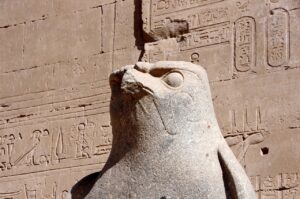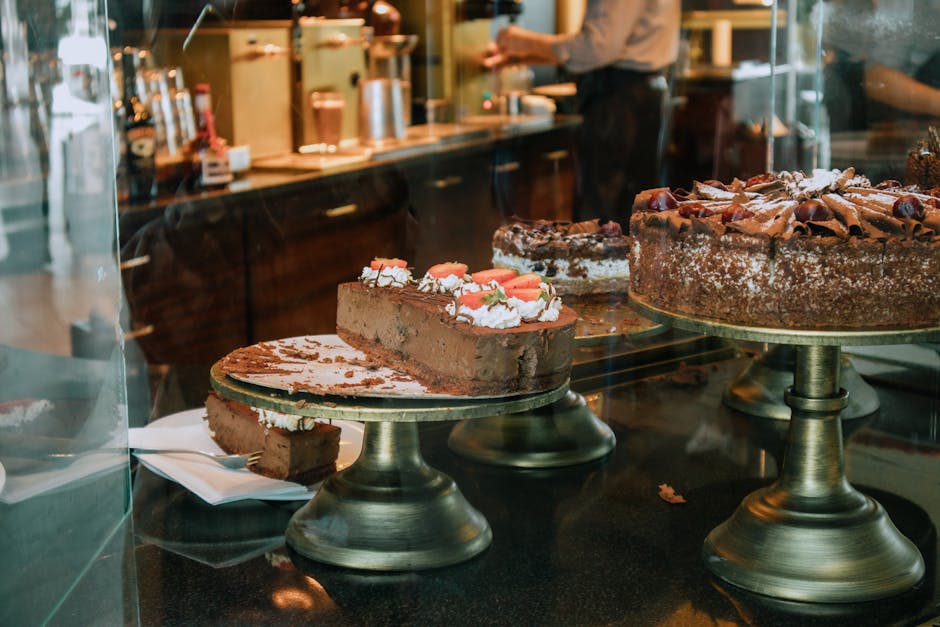⏱️ 5 min read
Long before chocolate became the sweet treat enjoyed worldwide, it held a far more practical and valuable purpose in ancient Mesoamerican civilizations. Cacao beans, the primary ingredient in chocolate, served as a legitimate form of currency for centuries, shaping economic systems and social hierarchies in ways that continue to fascinate historians and food enthusiasts alike.
The Origins of Cacao as Money in Ancient Civilizations
The use of cacao beans as currency dates back to at least 1000 BCE among the Olmec civilization in present-day Mexico. However, it was the Maya and later the Aztec civilizations that developed sophisticated economic systems centered around these precious beans. Unlike modern currency, cacao beans possessed intrinsic value—they could be consumed, traded, or saved, making them an ideal medium of exchange in pre-Columbian societies.
The Aztecs, who called cacao beans "cacahuatl," particularly valued them not only for their monetary worth but also for their connection to their gods. The beans were so precious that they were often reserved for nobility, warriors, and priests, while common people rarely had access to them except through trade or as payment for services.
How the Cacao Currency System Functioned
The cacao-based economy operated with remarkable sophistication. Historical records and archaeological evidence reveal a well-established pricing system where various goods and services were valued in specific quantities of cacao beans. A single bean might purchase a tamale, while a rabbit could cost approximately ten beans. Larger purchases required substantially more—a slave could be bought for one hundred beans, demonstrating the wide range of transactions possible within this system.
The currency system wasn't limited to whole beans either. For smaller transactions, pieces of beans could be used, similar to how modern coins represent fractions of currency units. This flexibility made the system practical for everyday commerce across all social classes, from market vendors to wealthy merchants.
Quality Control and Counterfeiting
Like any valuable currency, cacao beans attracted counterfeiters. Enterprising fraudsters would hollow out cacao beans and fill them with dirt or clay, then reseal them to pass off as genuine currency. This practice became common enough that buyers and merchants developed methods to authenticate beans, including careful inspection and testing before accepting them as payment. The prevalence of counterfeiting actually validates the importance and widespread use of cacao as currency—it wouldn't have been worth faking if it hadn't held significant value.
The Dual Nature of Cacao: Money and Sacred Beverage
What made cacao particularly unique as currency was its dual purpose. The beans weren't just abstract representations of value; they could be ground and prepared into a bitter, frothy beverage that was central to Mesoamerican culture. This drink, vastly different from modern hot chocolate, was often flavored with chili peppers, vanilla, and other spices, creating a complex and highly prized beverage.
This drinkable aspect of the currency created an interesting economic dynamic. Wealthy individuals could literally consume their wealth during ceremonial occasions, religious rituals, or important social gatherings. This consumption wasn't seen as wasteful but rather as a display of status and a connection to the divine, as cacao was believed to be a gift from the gods.
Geographic Limitations and Trade Networks
Cacao trees thrived only in specific tropical regions, which meant that areas where cacao couldn't be grown naturally had to import it. This geographic limitation enhanced the beans' value and created extensive trade networks throughout Mesoamerica. Merchants traveled long distances to transport cacao, and the beans became a standard medium of exchange across different regions and cultures, facilitating international trade in the pre-Columbian world.
The restricted growing regions also meant that political control over cacao-producing areas translated directly into economic power. Rulers who controlled these territories essentially controlled the money supply, giving them significant leverage in regional politics and trade negotiations.
The Spanish Conquest and the Decline of Cacao Currency
When Spanish conquistadors arrived in the Americas in the 16th century, they were amazed to discover a civilization using beans as money. Hernán Cortés and other Spanish observers documented this unusual currency system in detail, recognizing both its sophistication and its oddity from a European perspective.
The Spanish initially embraced the cacao currency system while establishing their colonial rule, as it was practical and already accepted by the indigenous population. However, as Spanish influence grew, they gradually introduced European monetary systems based on metal coins. The transition wasn't immediate—cacao beans continued to circulate as currency in some regions well into the 18th century, particularly in rural areas where European currency had limited penetration.
Legacy and Modern Connections
While cacao beans are no longer used as official currency anywhere in the world, their historical role has left lasting impacts. The word "cacao" itself is derived from the Aztec language, and many chocolate-producing regions today occupy the same territories where cacao once served as money. Modern chocolate companies and economists occasionally reference this history, with some businesses even creating promotional campaigns where chocolate bars serve as temporary currency or payment for goods.
The story of chocolate as currency also provides valuable insights into economic history, demonstrating that money doesn't need to be made of precious metals or printed paper to function effectively. It serves as a fascinating example of commodity money—currency with intrinsic value—and reminds us that human economic systems are far more diverse and creative than commonly assumed.
Understanding chocolate's monetary past enriches our appreciation of this beloved food. Every chocolate bar consumed today connects to a rich history spanning thousands of years, from ancient marketplaces where beans changed hands for basic necessities, to modern supermarkets where chocolate remains a valued, if no longer monetary, treasure.






















